One of the 108 Temples & Celestial Abodes of Vishnu revered by the Tamil hymns of the Alwars of the 1st millennium CE |
Location: Srirangam near Tiruchirappalli
(Chola Naadu)
Vishnu: Ranganathar, Azhagiya Manavaalan, Nam Perumaal
Taayaar: Ranganayaki
Theertham: Chandra Pushkarini
Paasuram : All the Alwars with the exception of Madhurakavi
Vimaanam: Pranavaakriti Vimaanam
Travel Base: Tiruchirappalli | 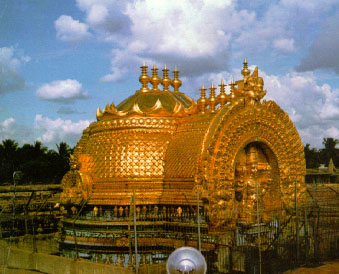 |
Description: This is the foremost of the 108 shrines glorified by the Alwars; all of the Alwars with the exception of Madhurakavi Alwar have sung of its glory. It is the one of the greatest centers of the Sri Vaishnava religion and among the most visited pilgrimage centers in India.
Undoubtedly the largest temple in India, and one among the grandest, it is a treasure house of art freezing various architectural styles over a period of time. It boasts of the tallest temple tower in India. Referred to as heaven on earth it is an ancient center of worship - vibrant with tradition and festivals. The
Pancharanga Kshetrams along the course of the Kaveri are Srirangapatnam (Karnataka),
Srirangam,
Koyiladi (Anbil) and
Kumbhakonam and
Indalur (Mayiladuturai).
Srirangam is very closely associated with
Ramanujacharya, the beacon of the Sri Vaishnava tradition of Hinduism.
Tiruvanaikka or Jambukeswaram, one of the Pancha Bhoota Stalams (associated with the primary element water) of Shiva, is located in the vicinity. Srirangam is located near Tiruchirappalli in Tamilnadu.
Deities: Ranganathar is enshrined in a reclining posture (facing the South); while Namperumaal the festival deity in a standing posture is also housed in the main sanctum. There is a shrine in the fourth prakaram, housing Ranganayaki Taayaar.
Traditions: Araiyar Sevai, one of the ancient devotional art traditions of Tamilnadu, involving the expressive recitation of the Divya Prabandams, using movement, music originated here under the auspices of Nadamuni (10th century CE). Araiyar sevai is performed also at Srivilliputtur, Alwar Tirunagari and Melkote (Karnataka). The famous tamil literary work Kamba Ramayanam premiered here at Srirangam.
The Temple: This temple enshrines Ranganathar in the central sanctum, crowned with a gold plated Pranava Vimanam or Paravasudeva Vimanam. A total of 7 concentric prakarams surround this shrine, housing several mandapams, tanks and shrines. The area enclosed by the outermost wall is over a hundred ares. Gopurams on the south and east of the 4th prakaram are the most impressive. A total of 21 towers adorn the temple.
The Srirangam temple tradition is an ancient one. The Silappadikaaram of the Sangam period refers to Srirangam. All of the Alwars (with the exception of Madhurakavi) have sung in praise of Srirangam. The first (surviving ) stone inscription dates back to the period of Parantaka Chola (924 CE).
The pillars here go back to the Chola period (13th century CE). The 1000 pillared hall is also the product of the late chola period, and is also in the 4th prakaram; its entrance is in the south. It is here where the adhyayanotsavam (involving the recitation of the Tamil Prabandam hymns) is held. At the southern edge of the huge open courtyard, the Vijayanagara rulers added the hall with 8 pillars with huge horses. The Krishna Venugopala shrine on the southern side is also of great beauty. The Garuda mandapam s located in the third prakaram.. Its pillars go back to the Nayaks of 17th century Madurai. The Chandra and Surya Pushkarini tanks are located in the 3rd prakaram.
Legends: Legend has it that the image of Ranganatha worshipped here, was originally worshipped by the clan of the Ishwakus, and it passed on to Rama. Rama upon his victorious return from Lanka, handed over this image to Vibhishana, who proceded to Lanka with the image. Circumstances caused him to place this image on the banks of the Kaveri, where Srirangam now is. (see Ucchi Pillaiyaar Koyil ) A disappointed Vibhishana returned to SriLanka with the consolation that the image of Ranganatha at SriRangam would face South - in the direction of Lanka. A Chola monarch by name Dharmavaraman is said to have created a temple here.
Legend also has it that the original temple was flooded by the Kaveri and was rediscovered by a later Chola emperor.
History: Temple life at Srirangam evolved after Nadamuni (923 - 1023 CE) compiled the hymns of the Alwars and gave them a musical form. During Ramanuja’s time (12th century CE), Srirangam was a well established institution. The Pandya rulers, from the 13th century onwards gave the temple, immeasurable support; the gold plating of the vimanam being first of their endowments. The Hoysala kings, who set up a military base outside Srirangam also made contributions. The temple was desecrated by the Delhi armies in 1313, and was closed for 60 years. From the end of the 14th century, the temple came back to life, and much of what is seen today is a result of the rebuilding activity which heppened during the time of the Vijayanagar rulers.
Festivals: An elaborate protocol of worship services is offered here throughout the day. On about 120 days, the Utsavamurthy is taken out in procession out of the inner sanctum. Aadi bhrammotsavam is celebrated in Panguni. The grand Adhyayanotsavam is celebrated in the month of Margazhi, involving the recitation of the Prabandham hymns or Alwar Pasurams in the thousand pillared hall.
Also in Srirangam is the Dasavataram temple, the only one of its kind, enshrining the ten incarnations of Vishnu along with Lakshmi Narasimhar and Vishwaksenar. This temple was built by Tirumangaialwar and is now under the administration of the Ahobila Mutt.. The Tirumangaimannan festival is celebrated here.
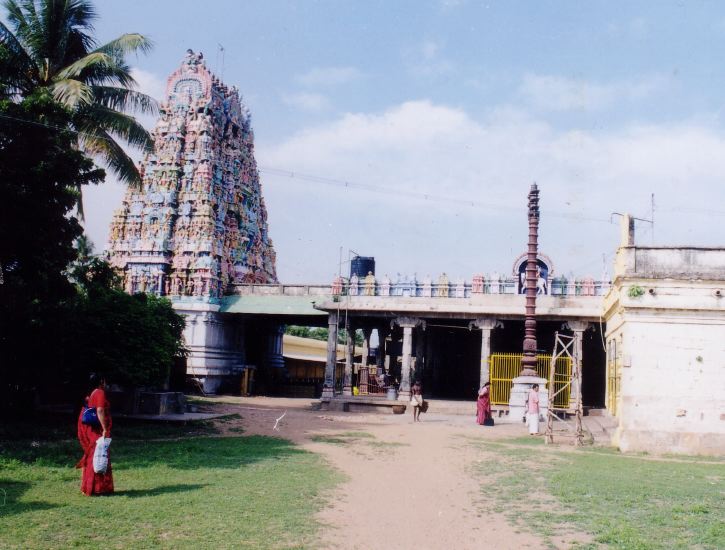
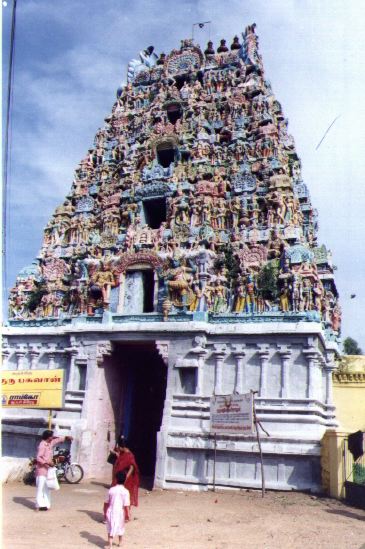

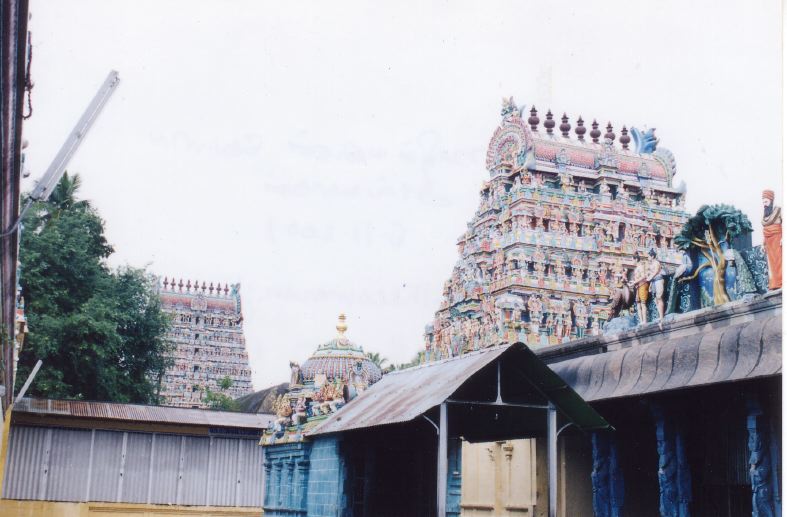 This temple is rich in legend and tradition. There are several works in Tamil dedicated to this shrine. It was visited by Tirugnanasambandar, Appar. Arunagirinathar's Tiruppugazh hymns also speak of the glory of this shrine. So do the hymns of saints such as Kumaragurupara Swamigal and Ramalinga Adigalaar. Poems of Kaalamega Pulavar and Padikkasu Tambiran also speak of the glories of this shrine.
This temple is rich in legend and tradition. There are several works in Tamil dedicated to this shrine. It was visited by Tirugnanasambandar, Appar. Arunagirinathar's Tiruppugazh hymns also speak of the glory of this shrine. So do the hymns of saints such as Kumaragurupara Swamigal and Ramalinga Adigalaar. Poems of Kaalamega Pulavar and Padikkasu Tambiran also speak of the glories of this shrine.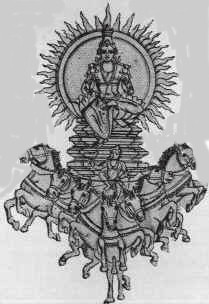
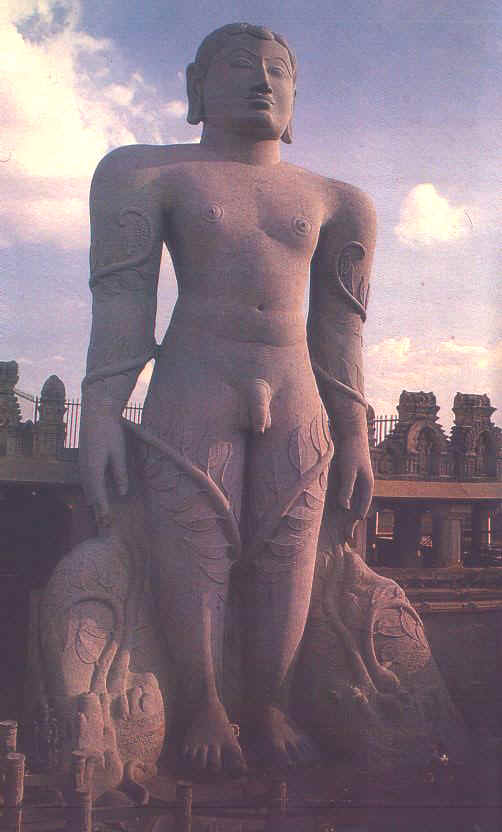
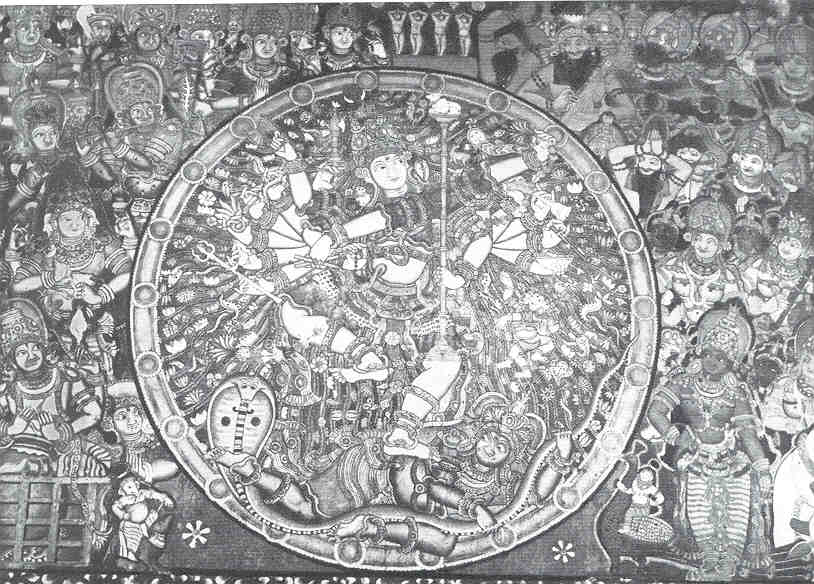

 Location
Location Location
Location Within the temple walls, there is a very big tamarind tree whose bark is stripped by devotees for using as a medicine for the cure of incurable diseases. During the flowering season, the tree is loaded with flowers, but bears no fruit. The origin of the tree dates back to thousands of years and is known only by legend, which has held it in great sanctity from the hoary past.
Within the temple walls, there is a very big tamarind tree whose bark is stripped by devotees for using as a medicine for the cure of incurable diseases. During the flowering season, the tree is loaded with flowers, but bears no fruit. The origin of the tree dates back to thousands of years and is known only by legend, which has held it in great sanctity from the hoary past.
 Mythologically, the third incarnation of Vishnu was in the form of Varaha, the Boar. There are a number of temples dedicated to Lord Vishnu in the aspect of this incarnation. One of such famous temples is at Tiruvadantai, 27 miles from Chennai towards south on the way to Mahabalipuram.
Mythologically, the third incarnation of Vishnu was in the form of Varaha, the Boar. There are a number of temples dedicated to Lord Vishnu in the aspect of this incarnation. One of such famous temples is at Tiruvadantai, 27 miles from Chennai towards south on the way to Mahabalipuram. Once upon a time there lived a sage named Kalava at Tiruvadantai. He had 360 daughters. Tiruvadantai was a great city in those days and had 360 Agraharam (streets where Brahmins lived). As the sage was greatly honoured and respected, one daughter was taken up by each of the 360 streets to be respectfully maintained and looked after. Time rolled on. In due course, when the girls came of age it became a great anxiety for the sage how to get them married suitably. Praying fervently, the sage resigned himself to God.
Once upon a time there lived a sage named Kalava at Tiruvadantai. He had 360 daughters. Tiruvadantai was a great city in those days and had 360 Agraharam (streets where Brahmins lived). As the sage was greatly honoured and respected, one daughter was taken up by each of the 360 streets to be respectfully maintained and looked after. Time rolled on. In due course, when the girls came of age it became a great anxiety for the sage how to get them married suitably. Praying fervently, the sage resigned himself to God. When the Sage entered the, sanctum sanctorum of the temple with the object of knowing from the Lord's mouth the where abouts of his daughters, Lord Vishnu appeared before him as Varaha, the Boar, holding all the 360 daughters on lap. Lord Varahaswami embraced all the 360 daughters of Maharshi with his left hand and pressed all the 360 souls into single soul of Lakshmi, His consort, making her sit on his raised thigh. The merging of the souls of his daughters with that of Goddess Lakshmi enlightened the Sage.
When the Sage entered the, sanctum sanctorum of the temple with the object of knowing from the Lord's mouth the where abouts of his daughters, Lord Vishnu appeared before him as Varaha, the Boar, holding all the 360 daughters on lap. Lord Varahaswami embraced all the 360 daughters of Maharshi with his left hand and pressed all the 360 souls into single soul of Lakshmi, His consort, making her sit on his raised thigh. The merging of the souls of his daughters with that of Goddess Lakshmi enlightened the Sage. Location
Location